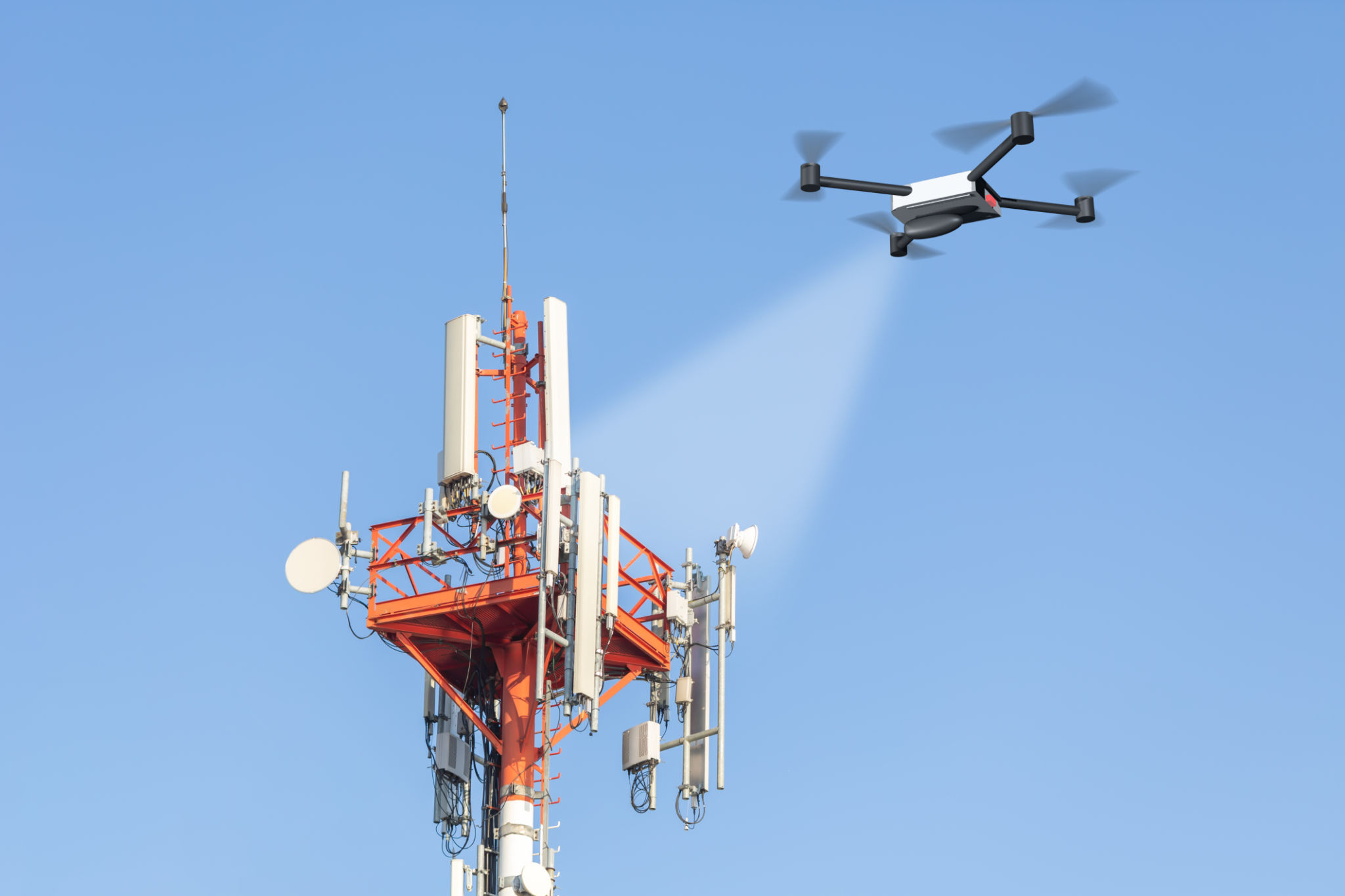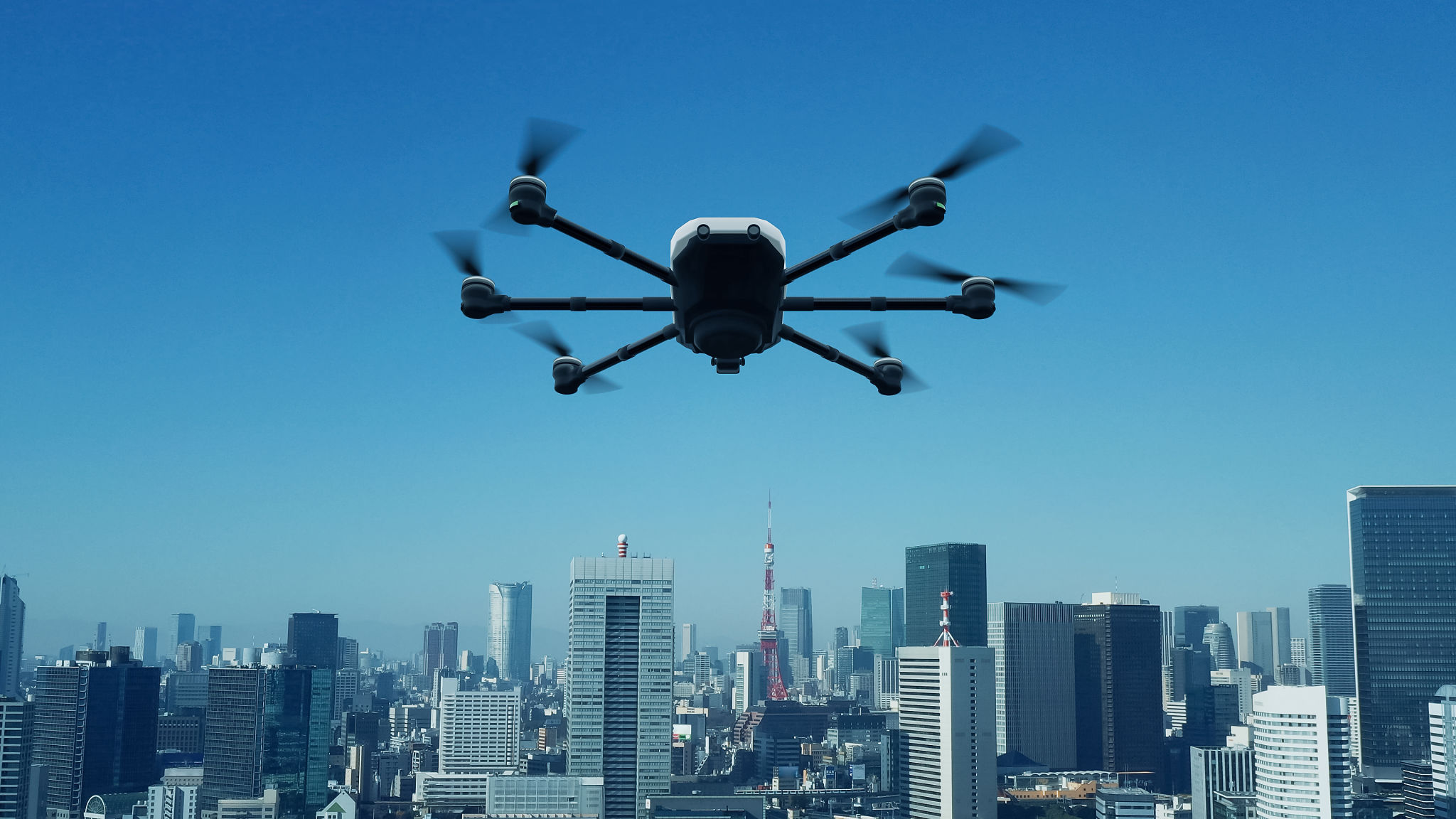How to Maximize the Performance of Your FPV Systems in the UAE
Understanding FPV Systems
First Person View (FPV) systems are a crucial component for drone enthusiasts and professional pilots alike. These systems allow you to see what your drone sees in real-time, providing an immersive flying experience. In the UAE, where drone racing and aerial photography are popular, maximizing the performance of your FPV systems can give you a significant edge.

Choose the Right Equipment
Cameras
The camera is at the heart of any FPV system. Selecting a high-resolution camera with a wide dynamic range can greatly improve the quality of the video feed. Look for cameras that offer low latency to ensure real-time video transmission.
Transmitter and Receiver
The transmitter and receiver are responsible for sending and receiving the video signal. In the UAE, it is crucial to use equipment that operates within the local legal frequency bands. A transmitter with adjustable power output can help maintain a strong signal over varying distances.
Optimize Your Antenna Setup
Antenna selection plays a pivotal role in FPV system performance. Consider using circular polarized antennas to minimize signal dropouts and interference. For maximum range, pair a directional antenna on the ground station with an omnidirectional antenna on the drone.

Minimize Interference
The UAE's urban areas can be rife with wireless interference. To mitigate this, it’s important to choose a clear channel for your FPV system. Utilizing a spectrum analyzer can help identify the least crowded frequencies, ensuring a stable connection.
Improve Video Feed Quality
Enhancing video feed quality can be achieved by adjusting camera settings such as contrast, brightness, and exposure according to the ambient lighting conditions. Using high-quality cables and connectors also helps reduce noise and improve signal clarity.
Regular Maintenance
Routine maintenance is essential for keeping your FPV system in top condition. Regularly inspect cables, connectors, and antennas for wear and tear. Cleaning the camera lens and ensuring all components are securely mounted will prevent unexpected issues during flights.

Software and Firmware Updates
Keeping your FPV system’s software and firmware up-to-date is vital. Manufacturers often release updates that improve performance, add new features, and fix bugs. Regularly check for updates to ensure your system is running optimally.
Tuning and Calibration
Tuning your drone’s flight controller and calibrating the FPV system can enhance performance significantly. Adjust settings such as PID values to improve handling and stability, which in turn ensures a smoother video feed.
Test and Practice
Finally, testing your FPV system under different conditions and practicing regularly will help you identify areas for improvement. Familiarize yourself with the local regulations in the UAE to ensure compliance while flying. Consistent practice will not only make you a better pilot but also help you understand your equipment’s capabilities and limitations.
